1. The Freemasons
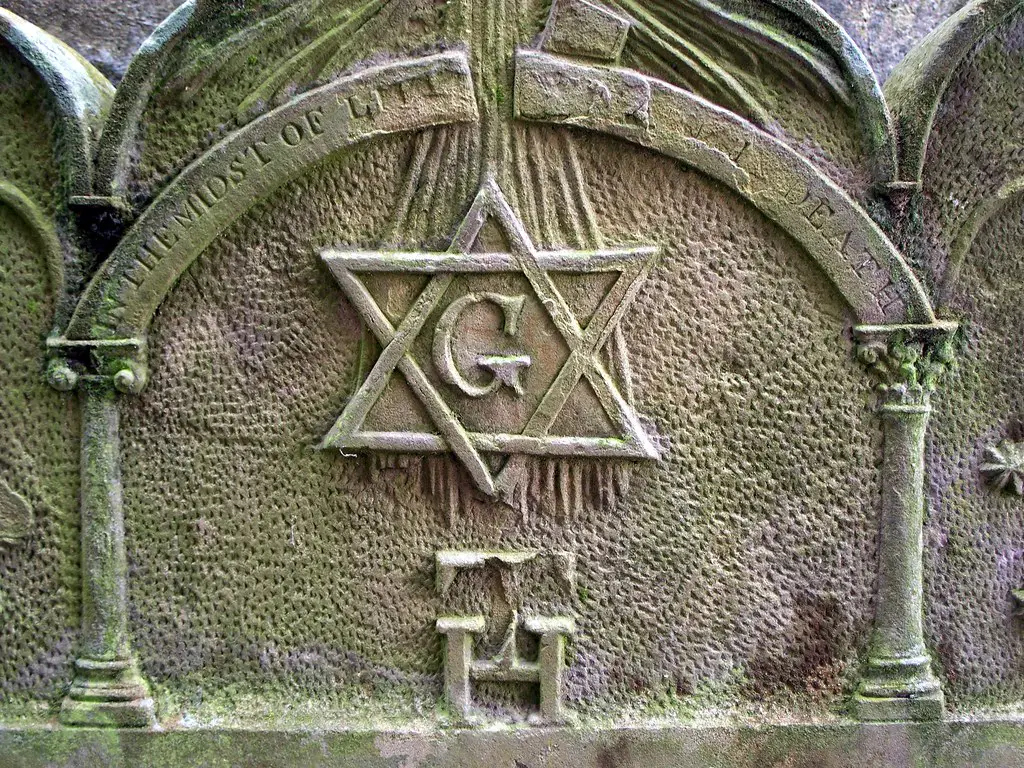
You’ve probably heard whispers about the Freemasons, but this group wasn’t as behind-the-scenes as people like to think. Dating back to the late Middle Ages, the Freemasons started as a guild for stone workers and builders, but over time, it turned into a social club for influential men. Think presidents, scientists, and even royalty wearing aprons and using mysterious handshakes shares Wikipedia.
What made them so visible was their architecture—literally. Masonic symbols are built into buildings, cornerstones, and dollar bills. Public figures like George Washington were known members, and many lodges operated out in the open. Their secrecy was more about rituals and symbolism than staying out of the public eye. People were curious, sure, but the Masons weren’t exactly hiding adds Britannica.
2. The Illuminati
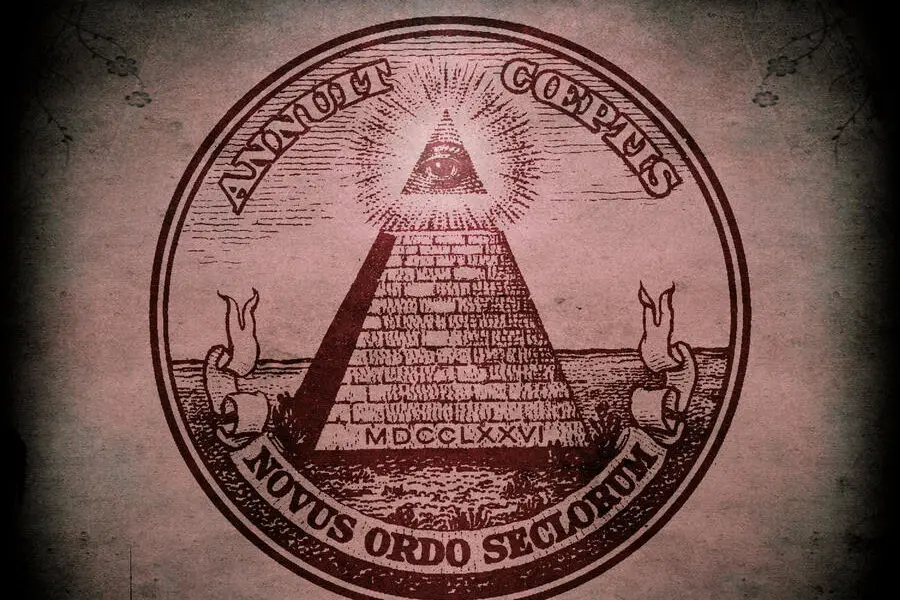
The Illuminati is practically a pop culture icon at this point, but the real version wasn’t so cloak-and-dagger. Founded in Bavaria in 1776, it started as a group of intellectuals pushing Enlightenment values like reason and equality. Their goal was to challenge religious influence and monarchy—not control the world through Beyoncé shares National Geographic.
They got a lot of attention fast, partly because they were anti-establishment in a very establishment world. Rumors about them exploded, and authorities shut them down within a decade. Still, the name stuck and spiraled into centuries of conspiracy theories. They didn’t exactly lay low, and maybe that’s why people still talk about them today adds BBC.
3. Skull and Bones
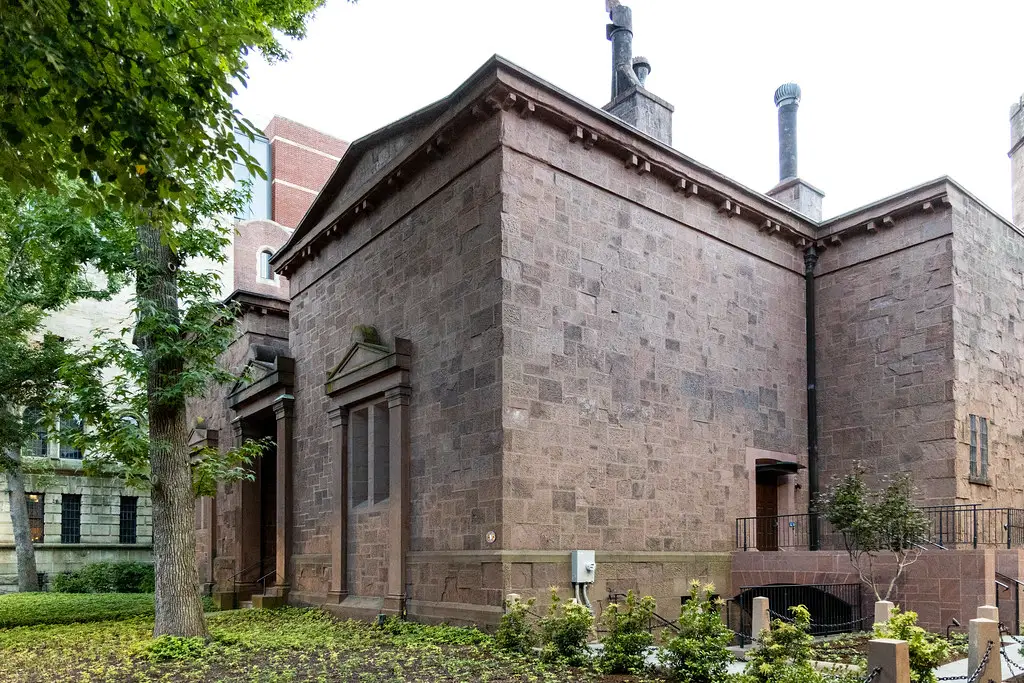
This elite Yale society is practically a rite of passage for future power players. Skull and Bones has been around since 1832, and its members include presidents, senators, and CEOs. You might expect them to meet in a creepy underground lair, but they actually have a windowless clubhouse in plain sight.
It’s nicknamed “The Tomb,” which definitely adds to the drama. They do have secretive rituals, and no one’s supposed to talk about what goes on inside. But their annual induction ceremony is public enough that students often gather to watch it. If they’re trying to stay hidden, they’re doing a pretty bad job of it.
4. The Rosicrucians
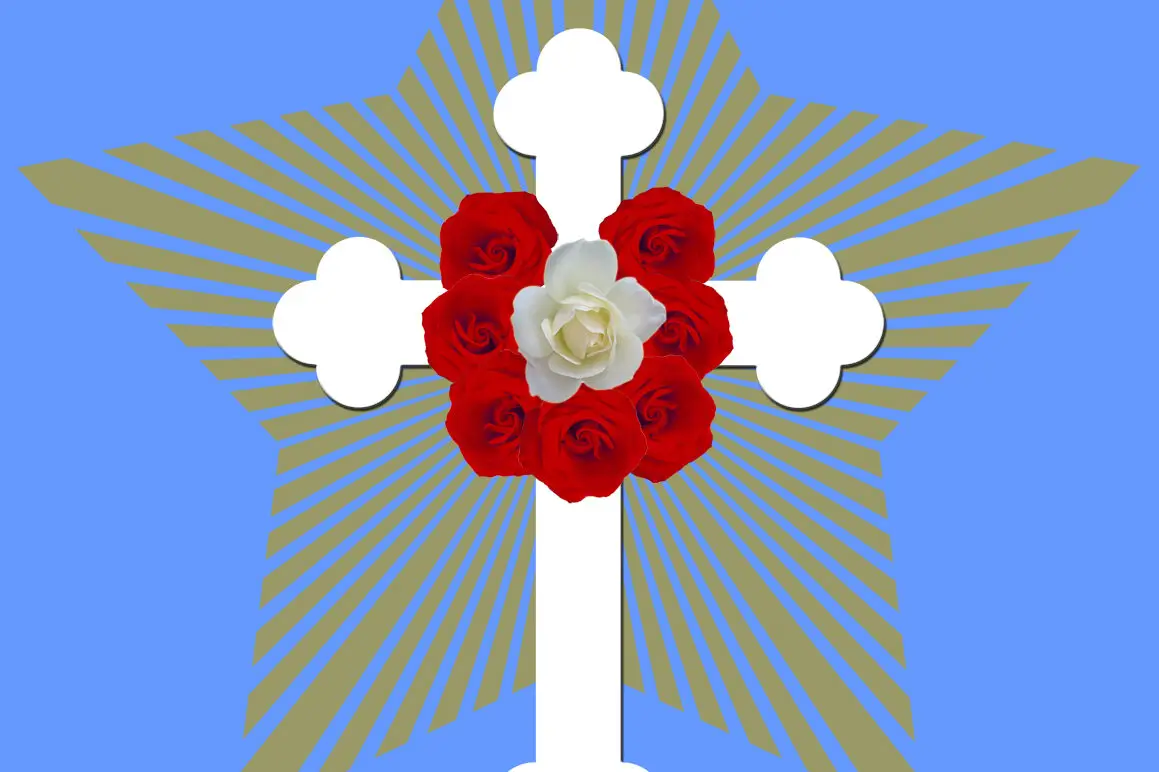
This group started showing up in the 1600s with mysterious manifestos claiming ancient wisdom and secret spiritual knowledge. The Rosicrucians presented themselves as an invisible brotherhood, but they really knew how to draw attention. People were fascinated—and a little freaked out—by their blend of mysticism, alchemy, and Christianity.
Over time, Rosicrucian-themed books, art, and societies popped up all over Europe. They claimed to be invisible, but their ideas were splashed across pamphlets and widely debated by scholars and theologians. Some say they never truly existed, but others joined their offshoot groups anyway. Invisible or not, they certainly made their mark.
5. The Hermetic Order of the Golden Dawn
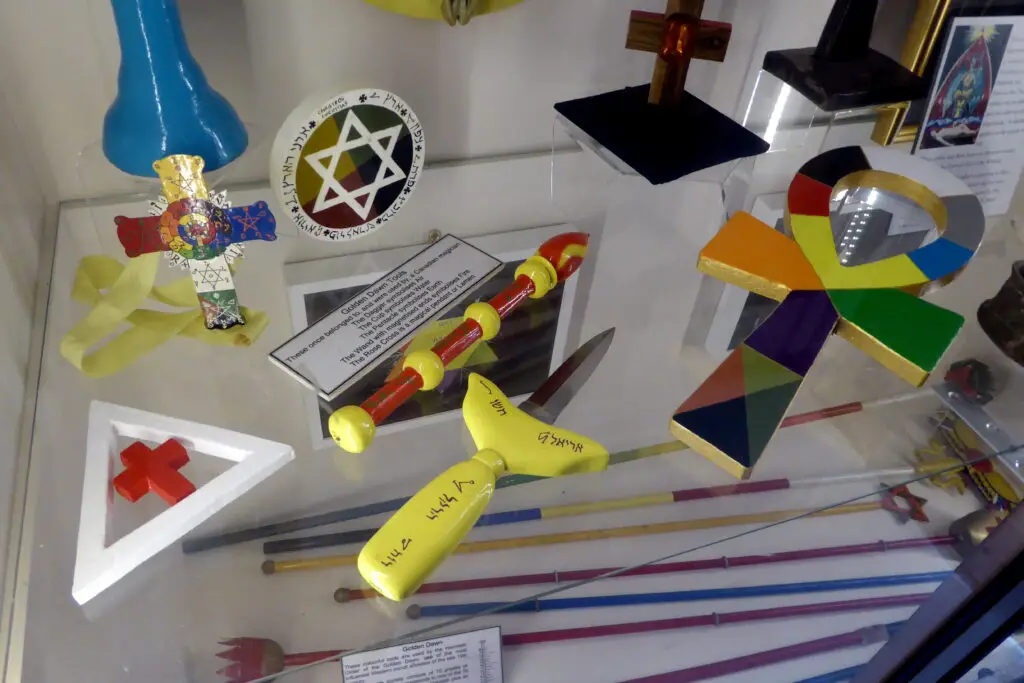
Founded in the late 19th century, this group focused on the occult, spiritual development, and magic. The Golden Dawn attracted artists and thinkers, including the famous poet W.B. Yeats. Their members wore robes, performed rituals, and studied ancient Egyptian symbols, which doesn’t exactly fly under the radar.
Despite their mystical leanings, they were surprisingly open about their teachings—at least until internal drama broke them apart. Rivalries and scandals got leaked to the press, giving the public a glimpse into their secretive world. Instead of staying underground, they kind of imploded in broad daylight. But their influence on modern occultism stuck around.
6. The Knights Templar
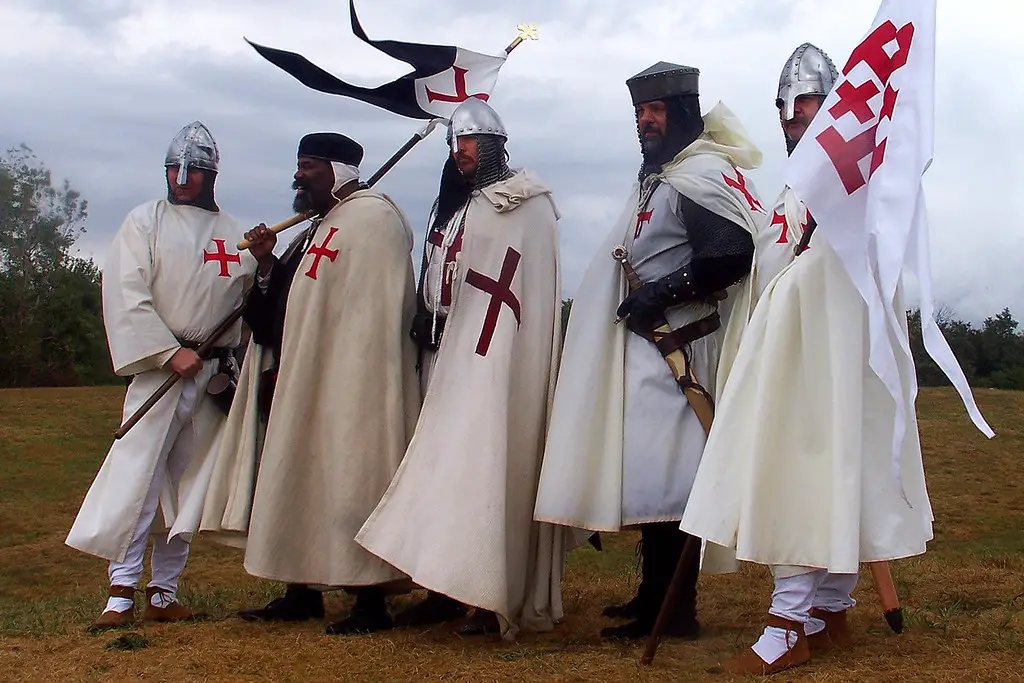
Originally formed to protect Christian pilgrims in the 12th century, the Templars quickly became one of the most powerful military and financial organizations in Europe. They wore distinctive white mantles with red crosses and operated across countries, which made them hard to miss. They were secretive about some internal matters, but the group itself was anything but hidden.
Eventually, their power made people nervous—especially King Philip IV of France. In 1307, he had many Templars arrested and accused of heresy. Their dramatic downfall only added to their legend. People still search for their lost treasures today, though most of it is probably just myth.
7. The Order of the Garter
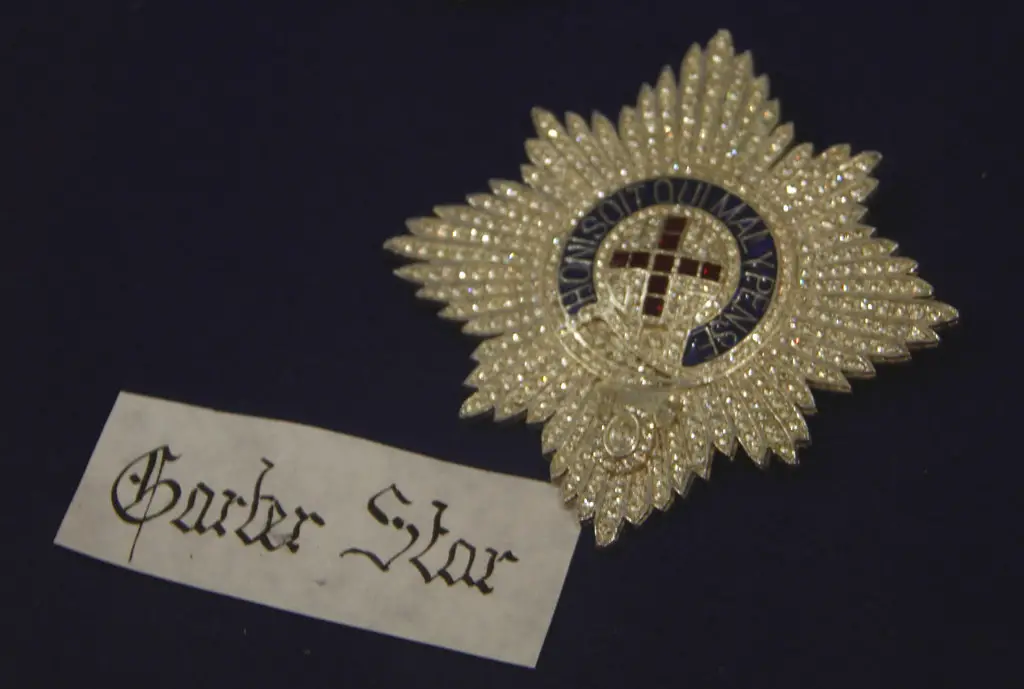
You might not expect a British chivalric order to be secretive, but the Order of the Garter has always had a bit of mystery. Founded in 1348 by King Edward III, it’s the highest order of knighthood in the UK. Membership is limited and personally chosen by the monarch, which gives it an exclusive, secret-society feel.
They hold ceremonies at Windsor Castle in medieval garb, which is hardly subtle. And while their meetings aren’t open to the public, the fact that they exist is very well known. The secrecy lies in their discussions and decision-making, not their existence. It’s a rare mix of royal pageantry and quiet tradition.
8. The Black Hand
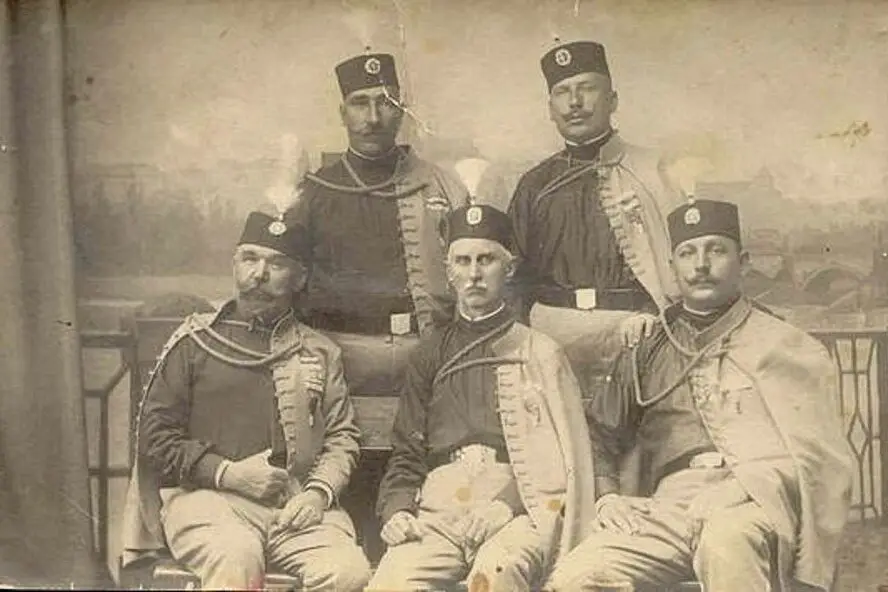
Before World War I, the Black Hand operated in Serbia as a nationalist secret society with deadly aims. They wanted to free Serbians from Austro-Hungarian control, and they weren’t afraid to use violence to do it. Their name became infamous after the assassination of Archduke Franz Ferdinand, which helped spark the war.
Although they worked in the shadows, their impact was seen on a global scale. Their members infiltrated the military and government, and their actions were far from unnoticed. Eventually, the Serbian government tried to shut them down, but the damage was already done. They weren’t just a secret society—they were history makers.
9. The Bohemian Club
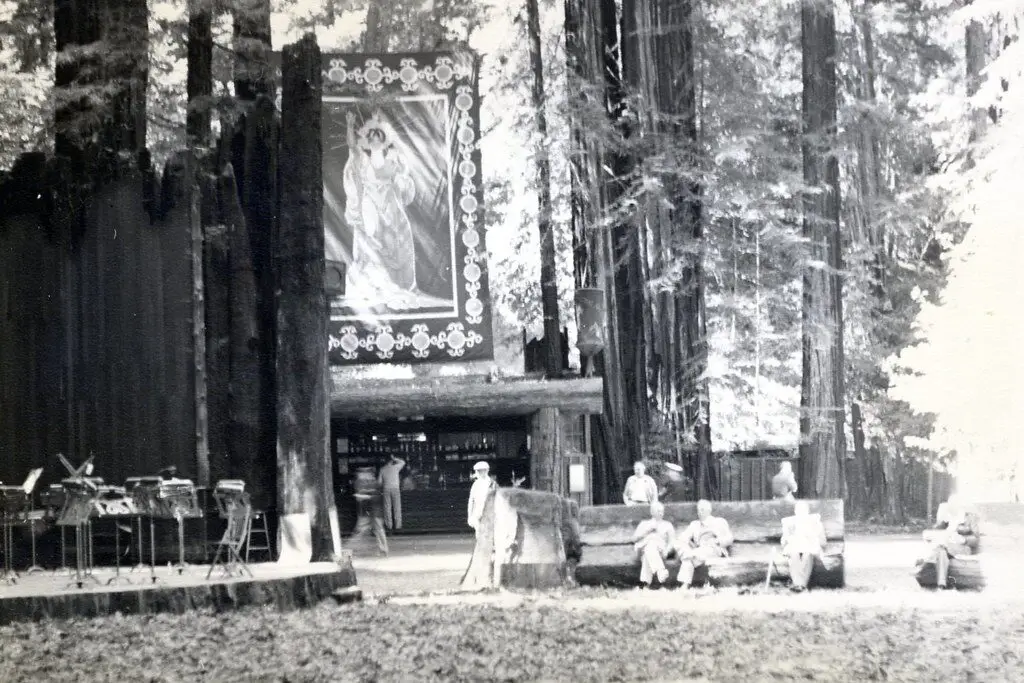
If you think secret societies are just about old rituals, meet the Bohemian Club—a group of powerful men who gather in the redwoods of California every summer. Founded in 1872, this invite-only club includes politicians, artists, and business tycoons. They say it’s all about bonding and creativity, but not everyone’s convinced.
They perform a dramatic “Cremation of Care” ceremony involving robes and a giant owl statue. Journalists have tried to sneak in for decades, and even Richard Nixon once grumbled about the place on tape. It’s secretive, yes, but it’s also become a magnet for public curiosity. If you host bizarre rituals in the woods, people are bound to notice.
10. The Carbonari
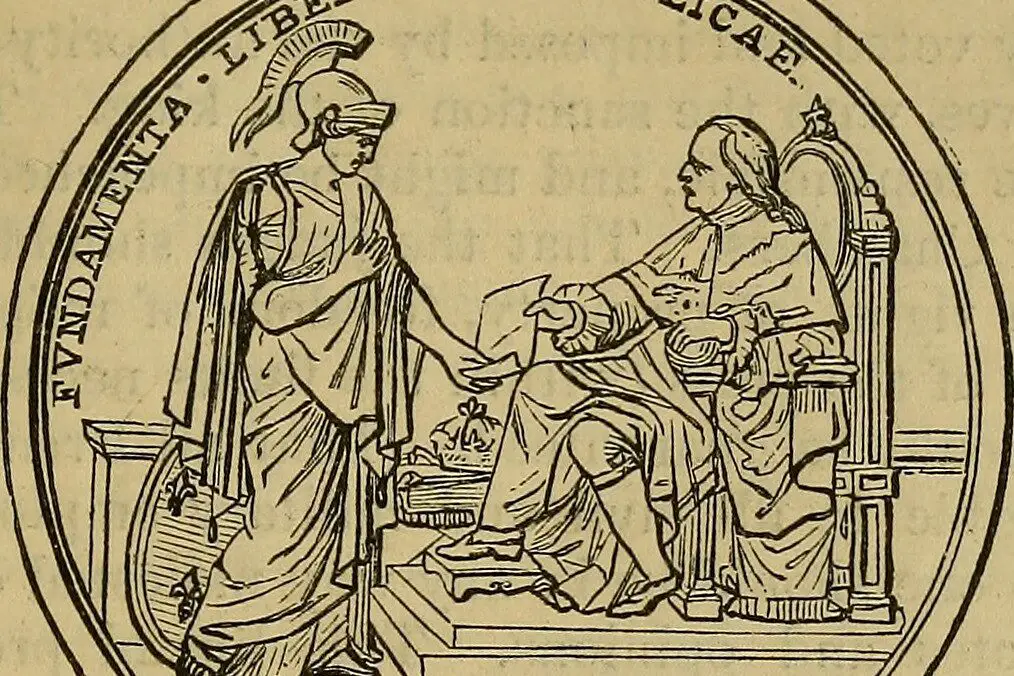
The Carbonari were Italian revolutionaries in the 1800s who operated in secret to push for a constitutional government. Their name means “charcoal burners,” and they used the cover of everyday trades to hide their meetings. But their cause—freedom from foreign rule—was loud and clear.
Despite being an underground movement, their ideas spread quickly. They were involved in multiple uprisings, and their symbols and jargon became known across Italy. The government tried to suppress them, but their influence lingered for decades. They might’ve started in secret, but their message couldn’t be contained.
11. The Society of the Cincinnati
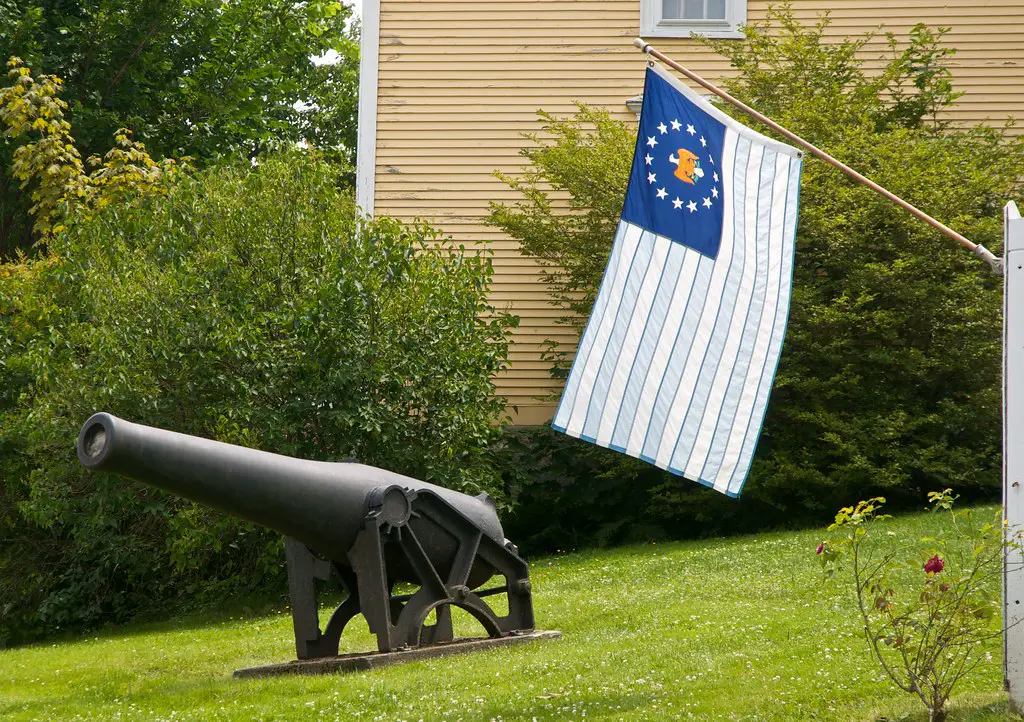
This group was founded in 1783 by officers of the American Revolutionary War. They wanted to maintain ties and honor the ideals of the revolution. George Washington was their first president, and their ranks included other high-profile figures, so it didn’t exactly fly under the radar.
They used Latin mottos and Roman imagery, giving them a secret-society flair. Critics accused them of trying to create a hereditary nobility, which stirred public suspicion. Eventually, they toned down their image but continued to meet regularly. Even today, the group still exists and holds events—but with a little less controversy.
12. The Thule Society
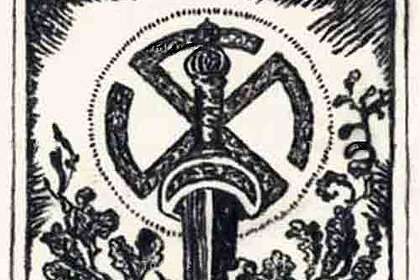
This German group started in the aftermath of World War I and mixed occult beliefs with nationalism. They dabbled in mysticism and claimed to be interested in ancient Aryan culture, but their real goal was political influence. The Nazi Party itself had early connections to the Thule Society, which brought them more attention than they might’ve wanted.
They published newspapers, held rallies, and recruited members openly. While their esoteric interests gave them an eerie vibe, they were deeply involved in real-world politics. Once Hitler rose to power, the group faded from the spotlight. But their brief visibility left a dark legacy.
13. The Order of Nine Angles

One of the more unsettling entries on this list, the Order of Nine Angles is a satanic group that began in the UK in the 1970s. They combine occult practices with extremist ideologies, and they’ve attracted attention from law enforcement and the media. For a supposedly secretive group, they’ve published quite a lot of material.
They have openly encouraged disturbing activities in their writings. This visibility has made them a controversial and closely watched group. While most people stay far away, their presence is anything but hidden. They’re a reminder that not all secret societies are harmless curiosities.
14. The Priory of Sion
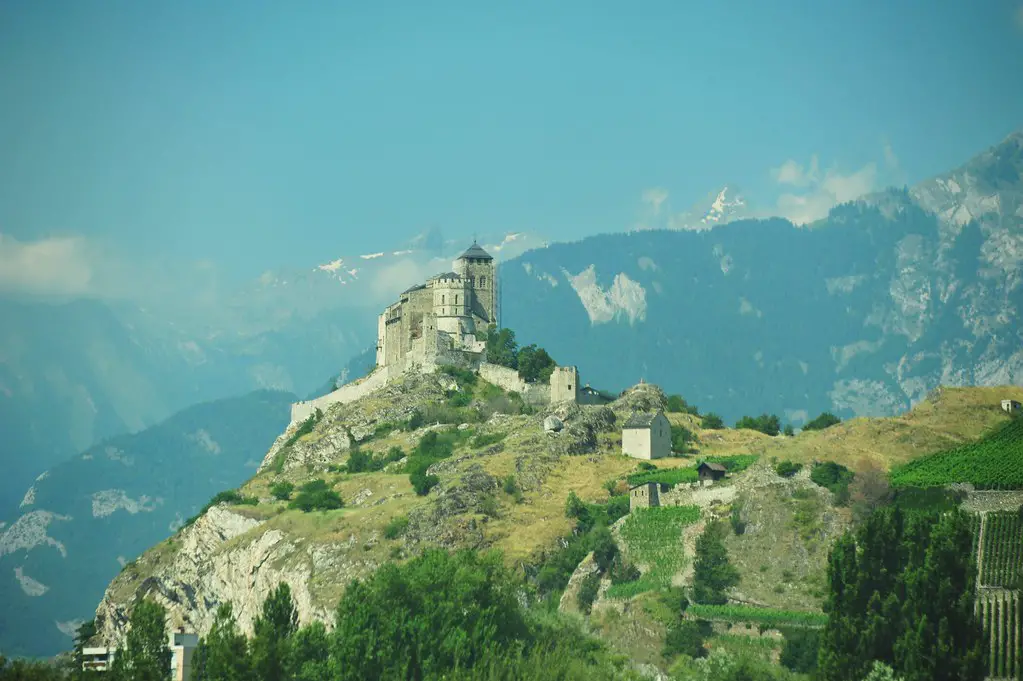
This one’s a little murky. The Priory of Sion was “discovered” in the 20th century, claiming ties to ancient religious secrets and even the bloodline of Jesus. It gained global attention thanks to books like The Da Vinci Code, but the whole thing was likely a hoax created by a Frenchman named Pierre Plantard.
Despite the fabricated origins, people latched onto the idea. Fake documents were planted in libraries, and the group was discussed in documentaries and talk shows. It became more famous than many real secret societies. Whether it ever existed or not, it certainly didn’t stay secret.
15. The Hellfire Club
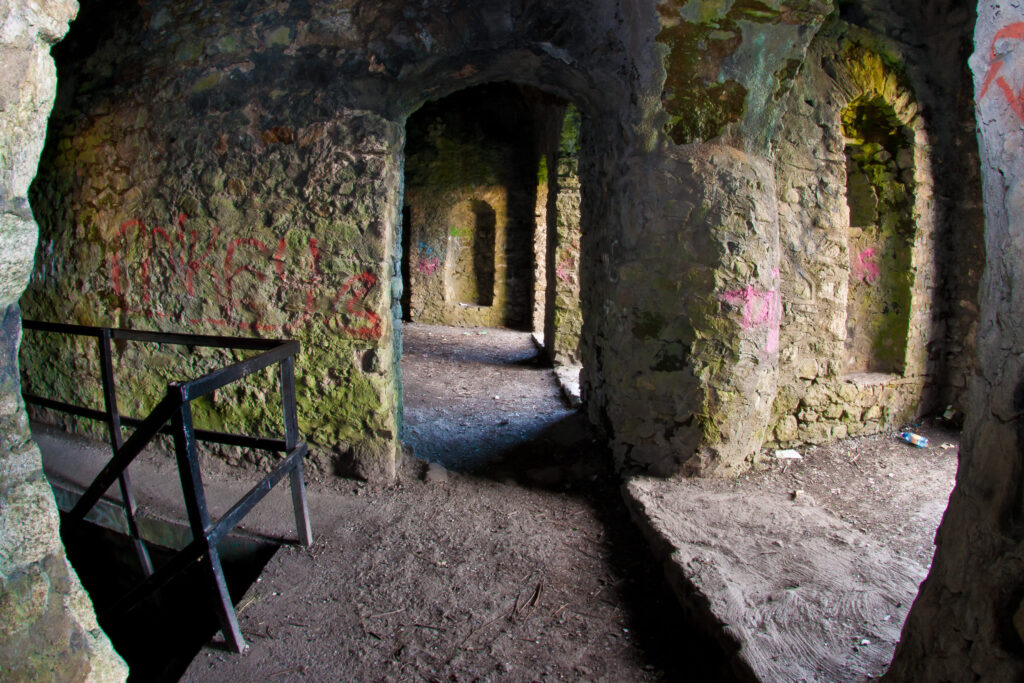
The Hellfire Club was the 18th-century equivalent of a secret society mixed with a wild party scene. Founded by Sir Francis Dashwood in England, it brought together politicians, nobles, and intellectuals who claimed to gather for philosophical discussion—but were really there for debauchery and scandal. They met in old abbeys, dressed in costumes, and reportedly reenacted pagan rituals for fun.
Despite all the secrecy, word of their antics spread quickly through gossip and pamphlets. Even Benjamin Franklin attended a few meetings while in England. The club became so infamous that it sparked outrage from the church and moralists. By the time authorities investigated, its reputation had already gone public. If they were trying to stay hidden, they failed spectacularly.
16. The Odd Fellows
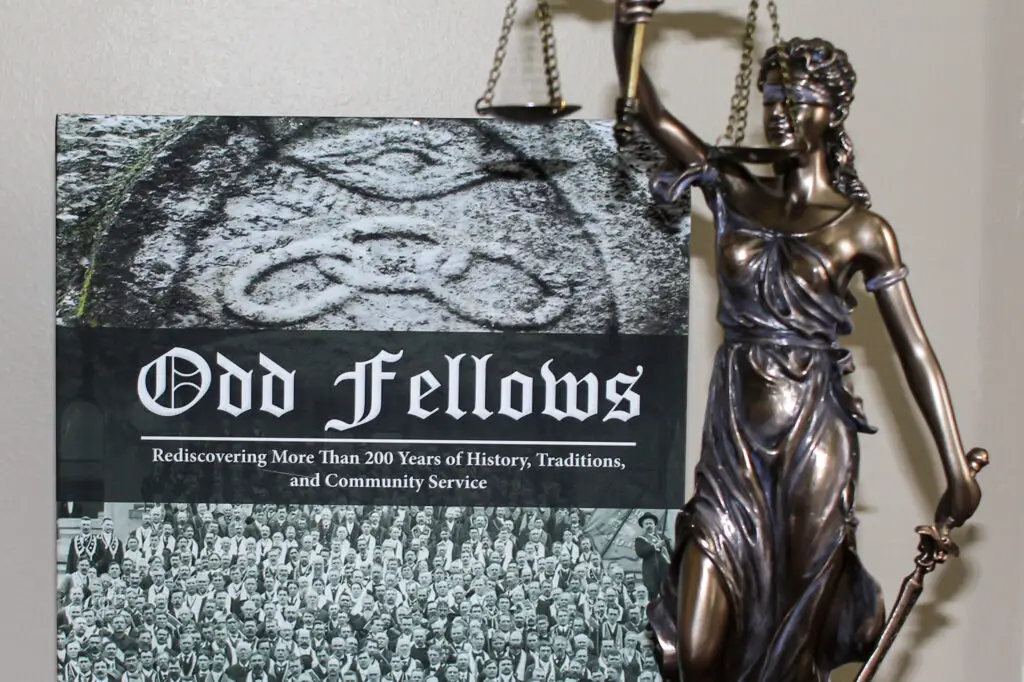
The Odd Fellows might sound like a quirky social club, but this group has deep historical roots dating back to the 18th century. They focused on charity, community, and helping the poor—nothing too sinister there. Still, they adopted secret rituals, coded symbols, and ceremonies that made outsiders curious about what really went on behind closed doors.
They expanded rapidly, opening lodges across the world, including in the United States. Their public charity work made them visible even as they maintained private traditions. You can still spot their three-link chain symbol (representing friendship, love, and truth) on old buildings today. They were “secret” only in name, since their good deeds made them part of local communities everywhere.
17. The Ancient Order of Hibernians
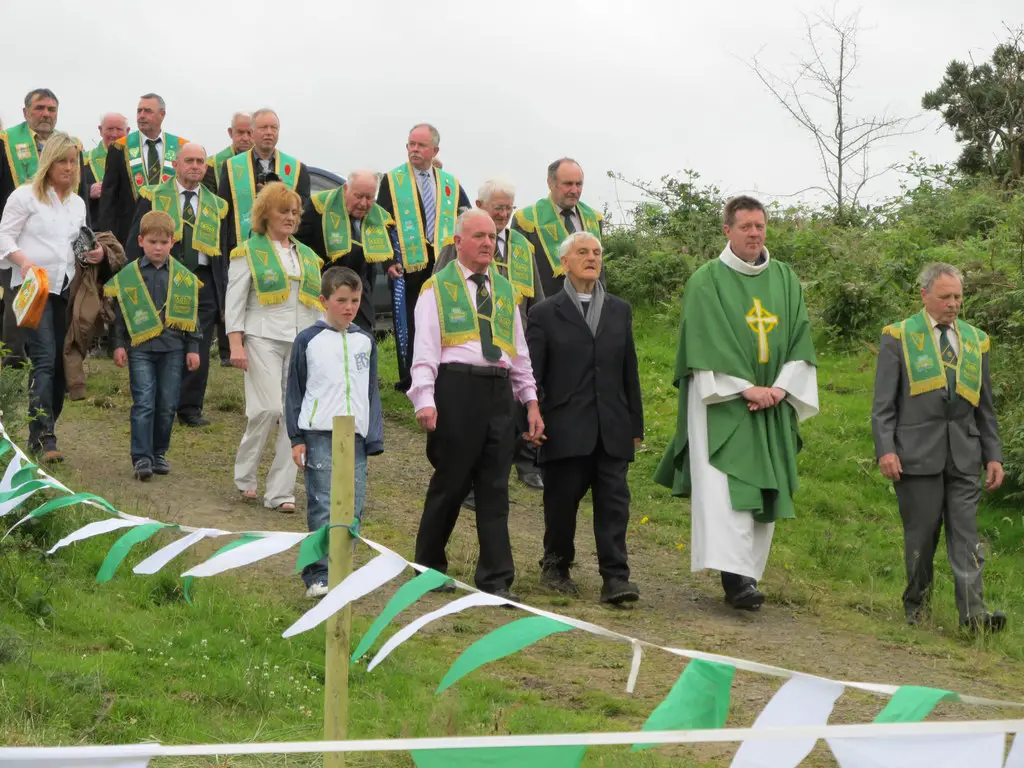
This Irish Catholic organization started in the 19th century as a way to protect clergy and promote Irish culture. In its early days, it operated quietly because of religious tension and anti-Irish sentiment. Members used coded language and private meetings to stay safe. But once the group gained strength, it became a proud, public force.
They began marching in parades, funding schools, and hosting massive St. Patrick’s Day celebrations. Their once-secret organization turned into a cornerstone of Irish-American pride. Today, they’re known more for cultural and charitable work than secrecy. It’s a good example of how a group can outgrow its hidden beginnings.
18. The Bavarian Illuminated Rose Cross
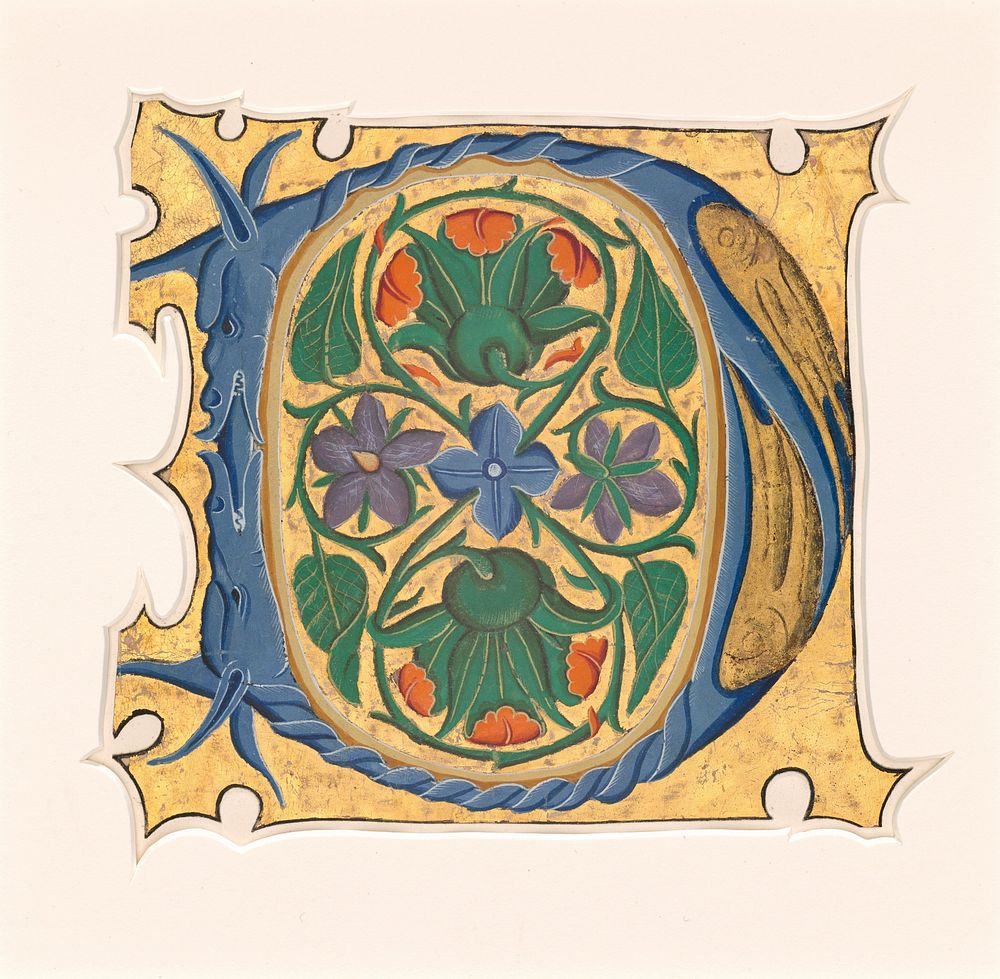
Before the Illuminati took over conspiracy culture, there was another lesser-known but very real group called the Bavarian Illuminated Rose Cross. It blended Rosicrucian mysticism with Enlightenment ideals and had overlapping membership with other secret societies of the 18th century. They were interested in esoteric knowledge, moral philosophy, and reforming society from within.
Unlike some groups, they didn’t shy away from publishing papers and recruiting members from universities and government circles. Their influence spread through Bavaria and beyond, and people began connecting them with the better-known Illuminati. Eventually, the two became nearly indistinguishable in the public imagination. For a “secret” order, they left quite a public trail of intrigue and confusion.
